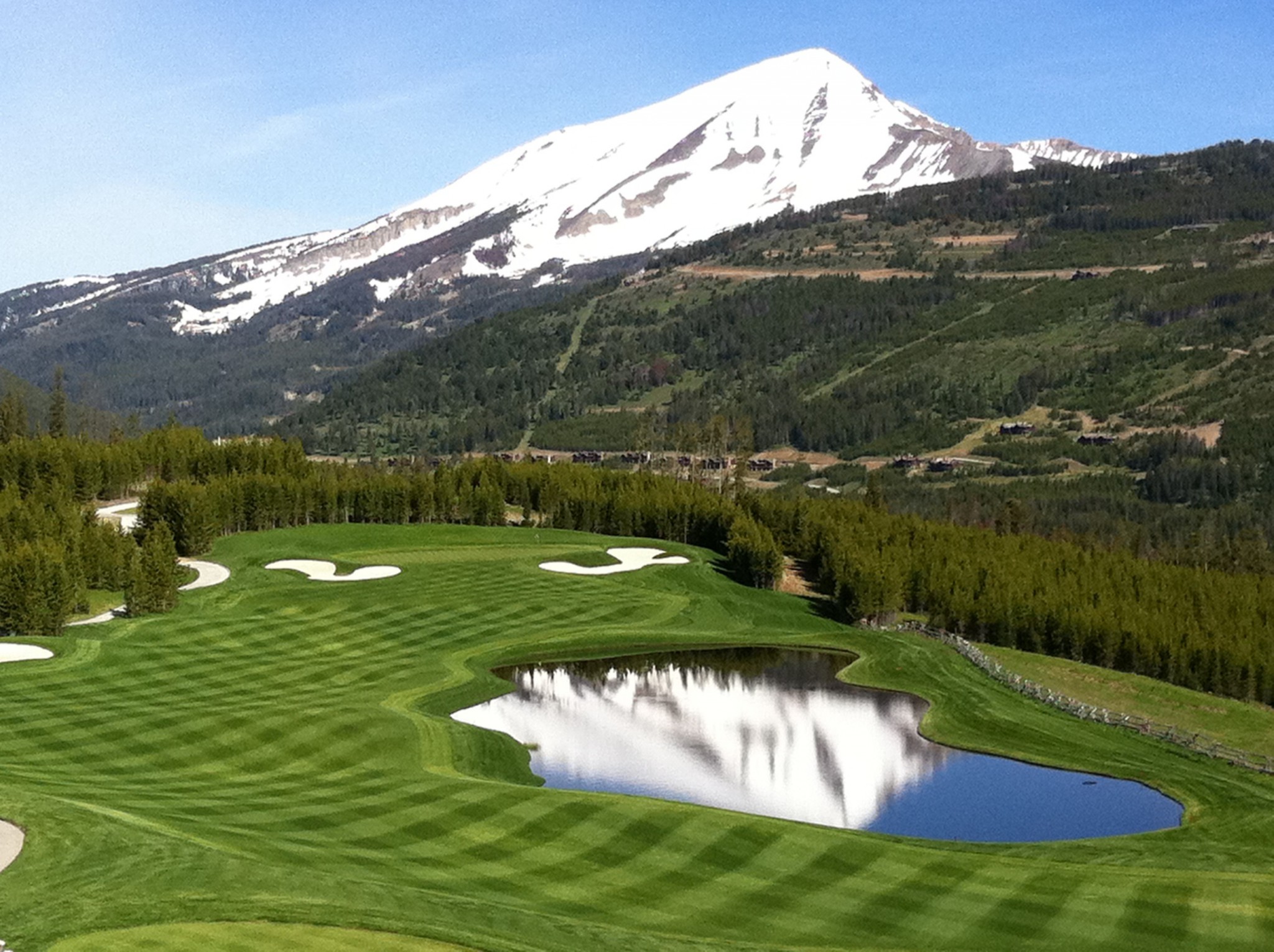

The teeing area, as the name implies, is the one place on a golf course where you are allowed to "tee up" your ball - to place the golf ball on top of a tee, lifting it off the ground. Scott Halleran / Getty ImagesĮvery hole on a golf course has a starting point. Two tee markers demarcate the teeing ground on this hole at Quail Hollow Club in North Carolina. Hazards - bunkers and bodies of water called penalty areas - might show up on any hole, too. In-between is the fairway, and outside these areas is the rough. (The yardages listed above are guidelines, not rules.)Ī golf hole always begins at the teeing area (which is also called a tee box or teeing ground), and always ends at the putting green. So a par-3 hole is one short enough that the expert golfer is expected to hit the green with his or her tee shot and take two putts. The par for each hole is the number of strokes it is expected an expert golfer will need to complete play of that hole, which always includes two putts. Par-6 holes are sometimes encountered, too, but they are scarce. Par-5: 471 yards to 690 yards for men and 401 to 575 yards for women.Par-4: 251 to 470 yards for men and 211 to 400 yards for women.Par-3: Up to 250 yards for men and 210 yards for women.As noted on the previous page, a full-size golf course contains 18 holes - 18 teeing grounds that lead, via each hole's fairway, to 18 putting greens.Ī golf hole generally comes in three varieties: One is the, well, hole in the ground on each putting green - the "cup" into which we are all trying to place our golf balls.īut "hole" also refers to the entirety of each tee-to-green unit of a golf course. The term " hole" has two meanings in golf. The holes on a golf course are numbered 1 through 18, and that is the order in which they are played.

There are also " par-3 courses" and " executive courses," both of which are comprised of shorter holes that take less time (and strokes) to play. Most of us aren't expert golfers, however, so "regular" golfers might need 90, 100, 110, 120 strokes or more to complete a golf course. The " par" for a golf course is the number of strokes an expert golfer is expected to need to complete play, typically 69 to 74, with par-70, par-71 and par-72 most common for 18-hole courses. Courses of nine holes in length are also common, and 12-hole courses are being built, too.Ī full-size, or "regulation" golf course, ranges from (typically) 5,000 to 7,500 yards in length, meaning that is the distance you cover as you play all the holes from tee to green. Michael Roberto / The Image Bank / Getty ImagesĪn 18-hole golf course typically occupies around 100 to 250 acres of land (older courses tend to be more compact that newer courses).


 0 kommentar(er)
0 kommentar(er)
